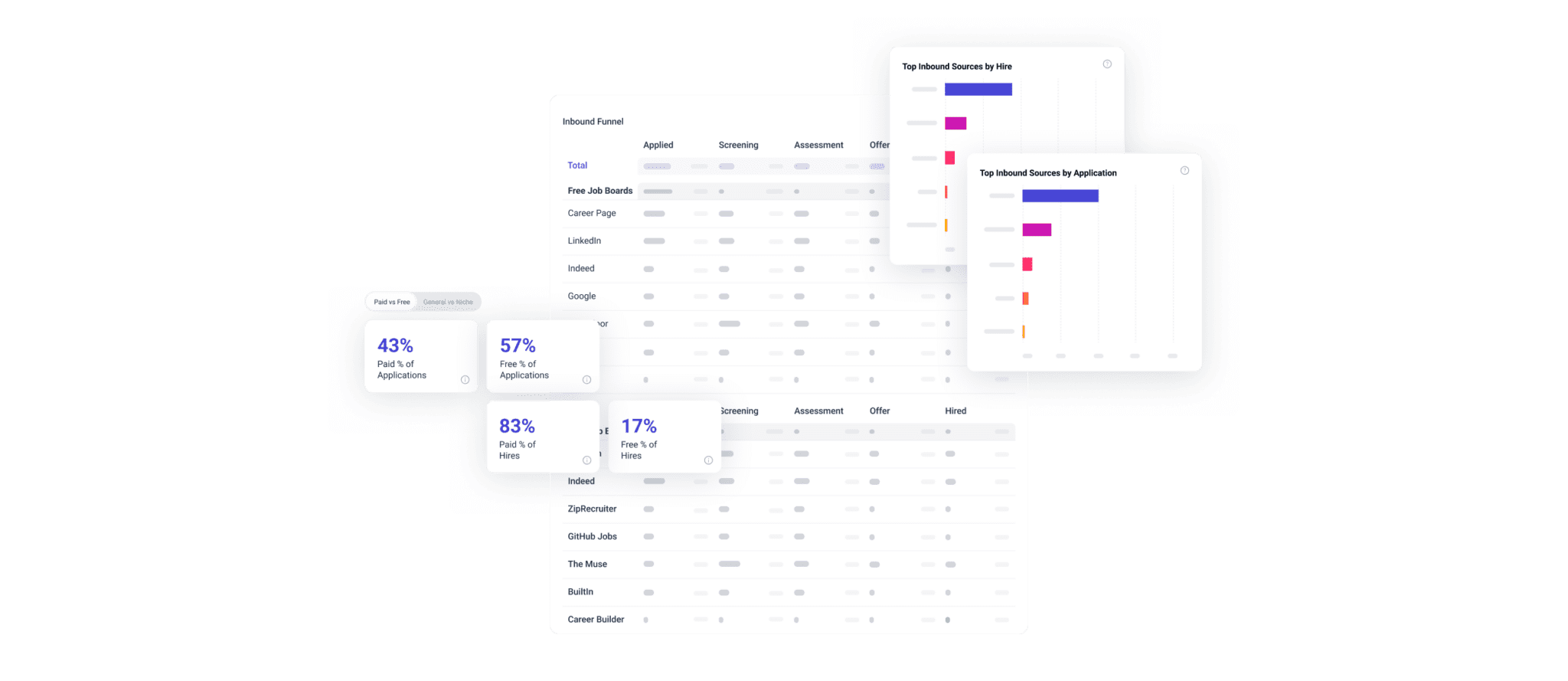The terms applicants and candidates get used interchangeably a lot, but there’s a difference between them. (In fact, there’s a couple more terms to add to this list.) Here’s a quick overview of what applicants and candidates mean in recruiting today and why it matters.
Applicants are job seekers who apply to a specific position at your company. Candidates are applicants in your talent pipeline who may apply to more than one job.
Potential Candidates
Recruiting has undergone a sea change in the internet age. Previously, job seekers would learn about a job and a company during the hiring process. Today, they can assess a job and company online before their first discussion with a recruiter.
Hiring teams have, consequently, begun to take a more marketing-style approach to recruiting in recent years. (Hence recruitment marketing as a sub-discipline.) The new approach establishes relationships with potential employees outside of the hiring process.
The idea is that hiring teams can ‘nurture’ candidates through (mostly) online interactions, selling them on the company. This can happen before a position that suits them opens up or they apply for a job. This style of recruiting has given rise to potential candidates.
Potential candidates represent virtually any job seeker who interacts with the company on social media sites, the company’s website, or elsewhere. These potential candidates are akin to sales prospects. They may interact with a company’s website or social media sites many times before officially entering the candidate funnel.
Candidates
Candidates are job seekers in your pipeline who may apply to one or more of your open jobs. They aren’t tied directly to a specific requisition (like applicants), although they may be applicants in one or more of your requisitions. (It’s basically a way to refer to the job seekers in your candidate pipeline.)
Applicants
An applicant is a candidate who has applied to a specific open job. Rather than view applicants through the lens of the individual, it may help to view applicants through the lens of the requisition. For the purpose of recruiting analytics, applicants are tied to a specific requisition, part of its unique data set. (Well, they’re people, of course, but you know what we mean.)
Qualified Applicants (Qualified Candidates)
Lastly, qualified applicants (commonly known as qualified candidates) are the jewels of your candidate pipeline and the goal of all talent acquisition efforts. Qualified applicants meet the minimum qualifications for a specific job. They have advanced to the first stage of the hiring process (e.g., phone screen).
It’s best to view qualified applicants as part of a particular requisition. Your hiring team has decided that they’re qualified for a specific job and should advance to the hiring process. But only for that job, as they may not qualify for other positions at your company.
The difference between applicants and candidates matters
Distinguishing between data points is crucial to recruiting analytics because it enables your hiring teams to dive into the details.
For example, it wouldn’t make sense to lump applicants from two jobs together if one of the jobs resulted in a hire but the other didn’t. Only by separating the data points can you figure out why you didn’t get any qualified applicants for that second job.
Lumping applicants and candidates together makes even less sense. Combining them just clouds the view your recruiting data can show you.







